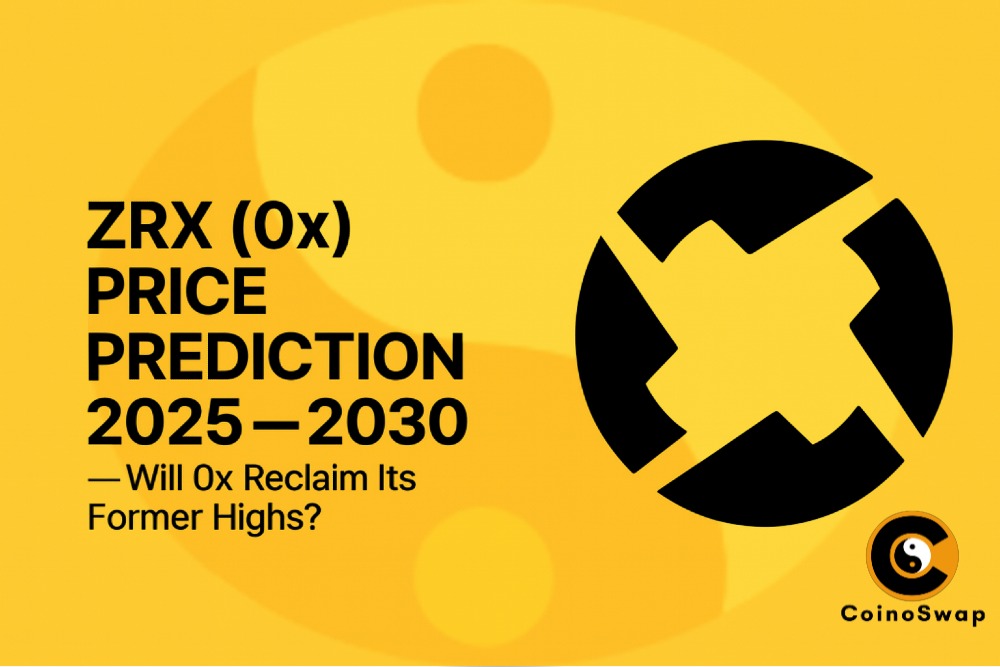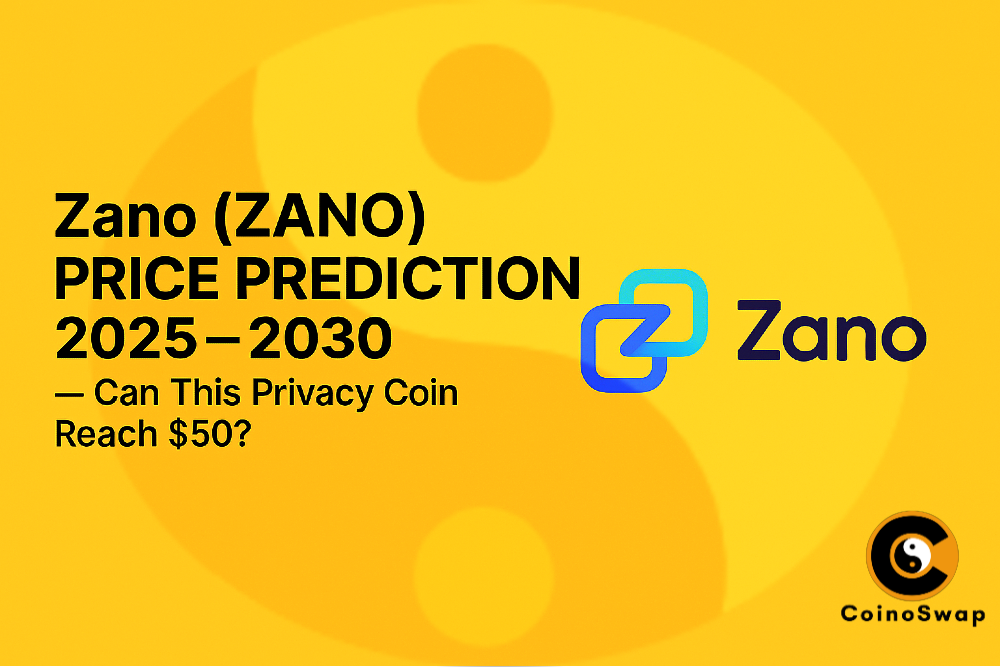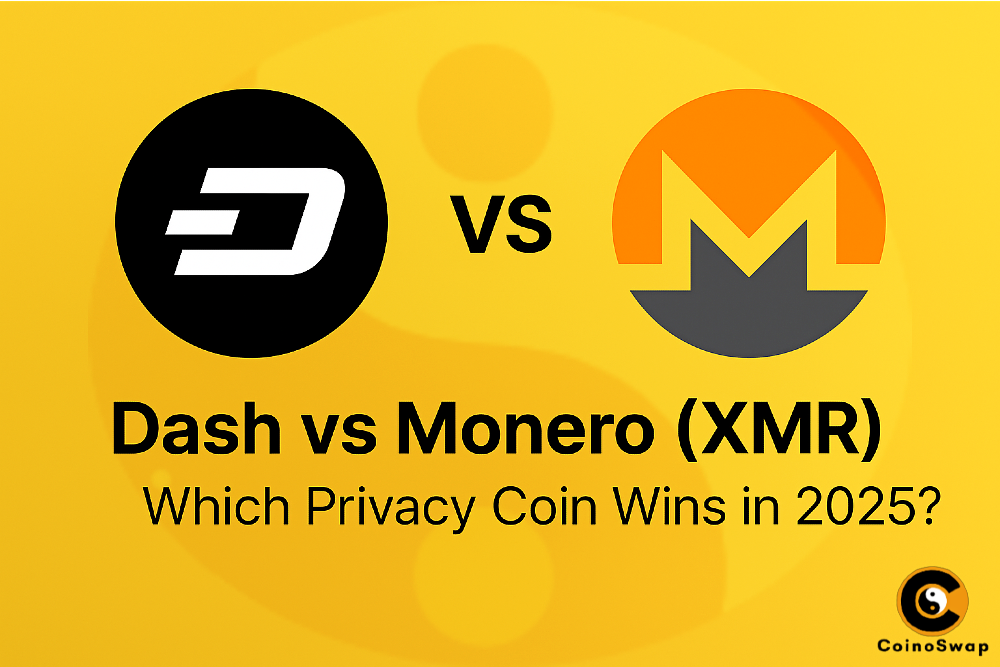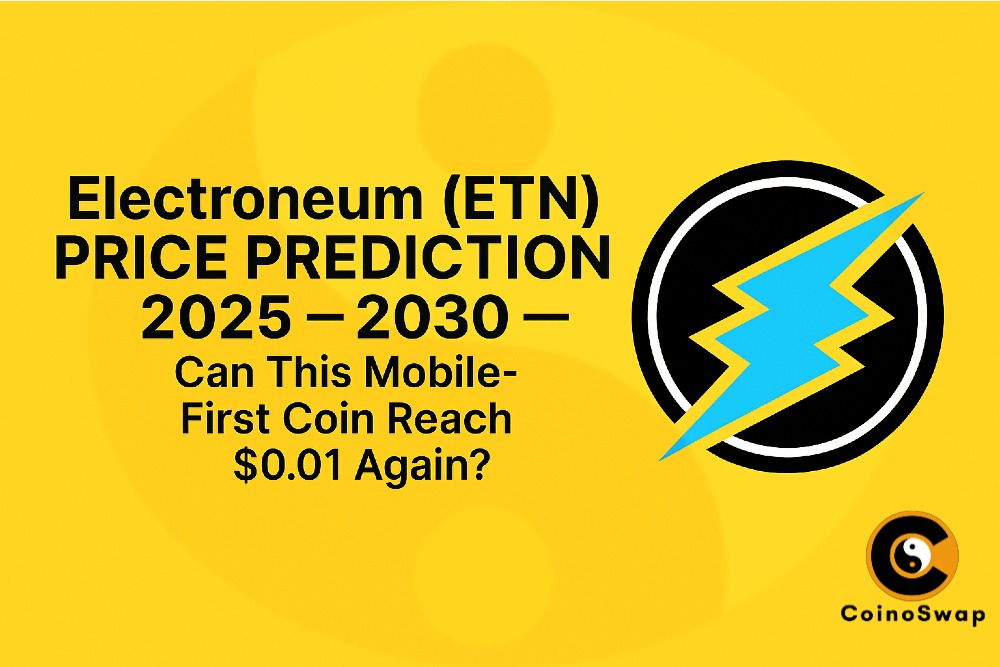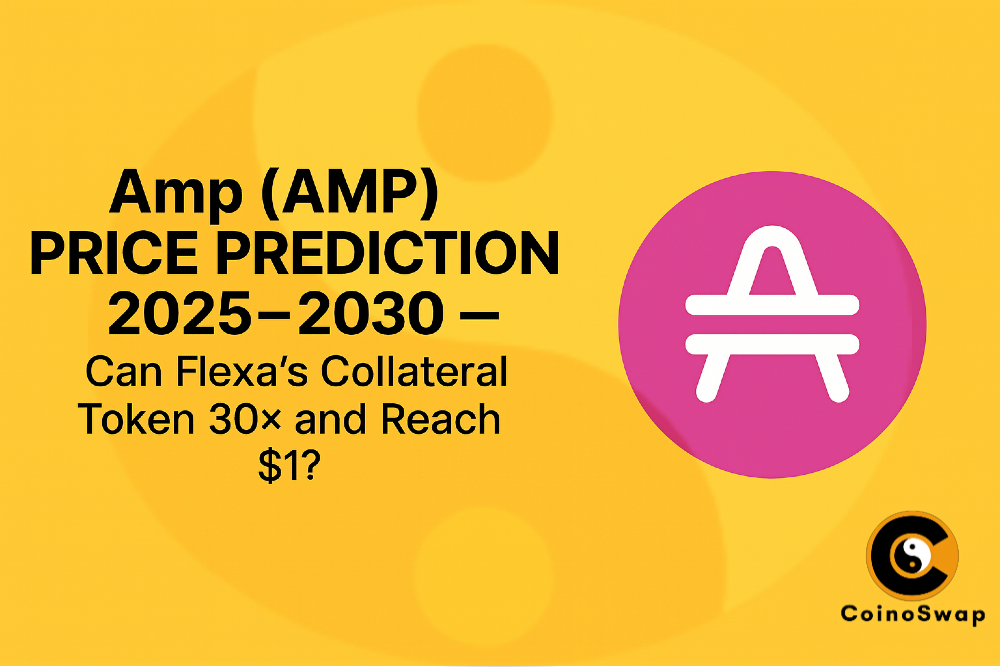CoinoSwap.com delivers access to live crypto swap rates by aggregating real-time values from leading decentralized and centralized exchanges. This ensures the best executable swap rates without requiring logins, accounts, or custodial wallets.
Key Considerations
How Live Crypto Swap Rates Are Calculated
Live crypto swap rates are determined by dynamic, real-time inputs including liquidity depth, blockchain network congestion, swap path efficiency, and active trading behavior. Understanding these factors ensures more accurate swaps, especially during volatile market conditions.
- Aggregators like CoinoSwap aggregate rates from CEX order books and DEX liquidity pools.
- They account for route complexity, token pair volatility, and liquidity fragmentation.
- Network conditions like gas fees and blockchain congestion affect real-time execution values.
- Large-volume swaps may cause slippage, shifting the final rate received.
- CoinoSwap displays fully inclusive, live swap values with accurate minimum receive estimates.
Benefits of Using Aggregators for Live Rates
Instead of comparing platforms manually, using an aggregator like CoinoSwap simplifies access to optimized live crypto swap rates. These tools streamline execution, save time, and provide full transparency in the swap process.
- CoinoSwap automatically identifies the best route across integrated exchanges.
- Users see swap-inclusive prices, slippage risk, and network fees before confirming.
- Non-custodial architecture allows swaps directly from user wallets.
- Privacy-first design: no login, KYC, or personal data required to access rates.
- Live swap rates are updated in real time, ensuring price accuracy.
MEV Risks and Rate Volatility
Users checking live crypto swap rates should be aware of MEV (Miner Extractable Value) threats. MEV attacks—such as front-running or sandwiching—can manipulate final outcomes and reduce expected returns on large swaps.
- Miners may reorder transactions to exploit rate changes during block execution.
- Sandwich attacks exploit price slippage to extract additional value from user transactions.
- CoinoSwap routes swaps through MEV-resistant pathways and sets strict slippage protections.
- Pre-trade estimates include volatility buffers and real-time gas adjustments.
For a deeper dive, see Chainalysis MEV Risks.
Comparing Live Swap Rates vs. Spot Rates
It’s important to distinguish between spot prices and live crypto swap rates. Spot rates reflect mid-market prices without accounting for actual execution variables like liquidity and slippage. Swap rates include all trade path realities.
- Spot prices are indicative; swap rates are executable.
- Live rates incorporate token pathing, pool depth, and gas fees.
- CoinoSwap exposes real rates with all costs included—users know what they’ll receive.
Check the Ethereum Gas Fee Tracker for current network conditions that impact swap finality.
Legal Considerations and Rate Transparency
In certain jurisdictions, laws require platforms to disclose full pricing details for crypto swaps. Platforms displaying live crypto swap rates must comply with regulations regarding embedded fees, custodial terms, and identity safeguards.
- CoinoSwap provides complete fee visibility before a swap is confirmed.
- No personal data is collected when checking or executing swaps.
- Pricing includes routing fee, gas cost, and DEX/CEX service fee layers.
Review global compliance guidance via Fincen AML/KYC Regulations.
Related CoinoSwap Blogs for Live Rates
Each blog breaks down how CoinoSwap displays real-world swap outcomes and token behavior across various protocols.
Conclusion
Live crypto swap rates empower users to make accurate, fee-inclusive decisions when exchanging cryptocurrencies. With one-click wallet integration and real-time aggregation, CoinoSwap delivers trustworthy execution without compromising on custody, speed, or transparency. For stablecoin conversions, privacy coin swaps, or rapid arbitrage—CoinoSwap remains the most reliable source for optimized live swap rates.


